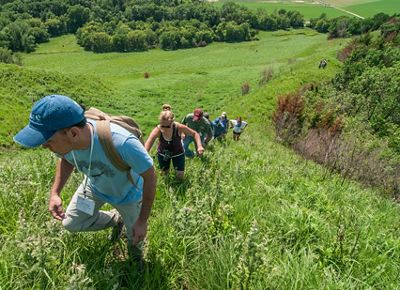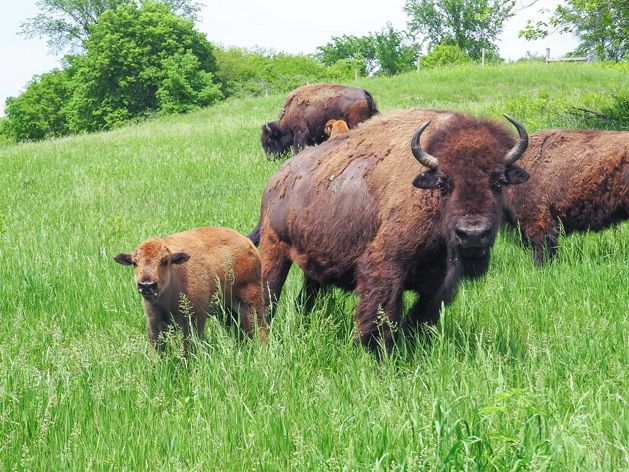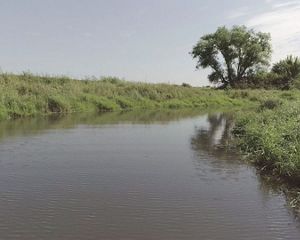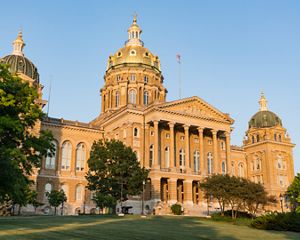Iowa

Explore Our 2025 Impact Report
Read about our achievements over the past year for nature and people.

See the Places We Protect in Your Community
Our vision for Iowa is healthy lands and water, plus sustainable agriculture that supports biodiversity and provides for the needs of Iowa and the world.


We Can’t Save Nature Without You
Sign up to receive monthly conservation news and updates from Iowa. Get a preview of Iowa’s Nature News email.
Support Our Work in Iowa
Since 1963, The Nature Conservancy in Iowa has worked to preserve our state’s natural landscapes through the advancement of land and water conservation. Your support has helped us protect more than 20,000 acres, and we’ve still got a lot of work to do. Your donation will make a difference. We can’t save nature without you.



